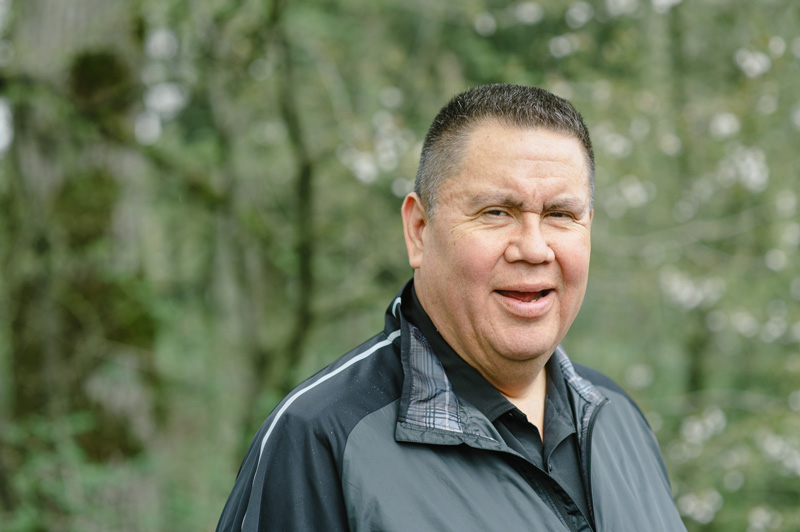Dec 28, 2016

Grand Chief Doug Kelly, Chair, First Nations Health Council
As a young leader I often saw issues in black or white. I tended to be decisive and held strong opinions. With simple black or white opinions, I could not share empathy.
As I aged, I adopted a philosophy of choices. Human beings make choices, and we are accountable for those choices. If over time, you generally make good choices then you will be healthy. Over time, if you make poor choices – you will achieve poor health. For the most part, I still stand by this belief.
But when addiction struck my immediate family, I discovered powerlessness. It seemed that I had no choices that would lead to a healthy outcome. Without being fully aware, I made decisions that enabled and supported addiction. Sometimes, there is no win. Sometimes the healthy choice is too harsh. The best that we can do is to minimize harm. I realized that sometimes what we think of as choices are not really choices at all.
It is easy to come down hard on addiction and substance abuse when you have distance from it. The truth is that fewer and fewer of us have that kind of distance. In the midst of a crisis, there is simply no room or time to judge.
I now understand that many issues we face are filled with ambiguity. When it comes to addiction, you can save a person’s life by being flexible and withholding judgment. We have to confront and overcome that deep feeling of powerlessness. We have to draw strength from a well of unconditional love before we take decisions.
Regardless of your loved ones’ situations, how will you respond in a crisis? Sometimes the grey area is better than black or white.
From my own experience, there’s no question that a harm-reduction approach saves lives. Current public health philosophy backs up this point of view, according to our own Chief Medical Officer Dr. Evan Adams- “Harm reduction seeks to minimize the chances for danger, like overdose, that can come to those who regularly or occasionally use drugs. Ending drug use is always the final goal, but we need to respond with compassion to those who currently struggle with addictions.”
So what can we do, as leaders, to live this philosophy?
1. Talk to your staff. What are the frontline workers from your social sectors seeing, hearing, and doing? Find out what form this crisis is taking in your community, in your context.
2. Become a vocal proponent of harm-reduction approaches. Educate yourself if you're new to harm reduction, and encourage the same from your councillors and service providers.
3. Fight stigma in your community. Abstinence is our end goal, but stigma does not push people into abstinence. An abstinence-only approach drives drug use underground and causes more harm.
Remember when we were encouraged to have safe sex conversations in the 80s? Some parents and community leaders were worried that we were encouraging youth to have sex simply by providing condoms and sex education. The provision of condoms is really just another example reducing harm: it says, this activity is happening anyway, so let’s reduce the harm that can come with it.
Many of us are coping with the realities of opioid addiction in our families and communities. But it’s how we respond to this tragedy as leaders that will help shape our futures.
I firmly believe that 2017 is going to be the year of breaking the cycle of the Residential School legacy. Addiction and the masking of pain through harmful substances are part of this cycle. As we do the hard work to bring painful childhood and intergenerational trauma into the light I am hopeful that we can release many of our addictive distractions and harmful coping strategies.
Let us break the cycle together, overcome powerlessness, draw strength from unconditional love to promote change and fight stigma for a better and healthier new year.

